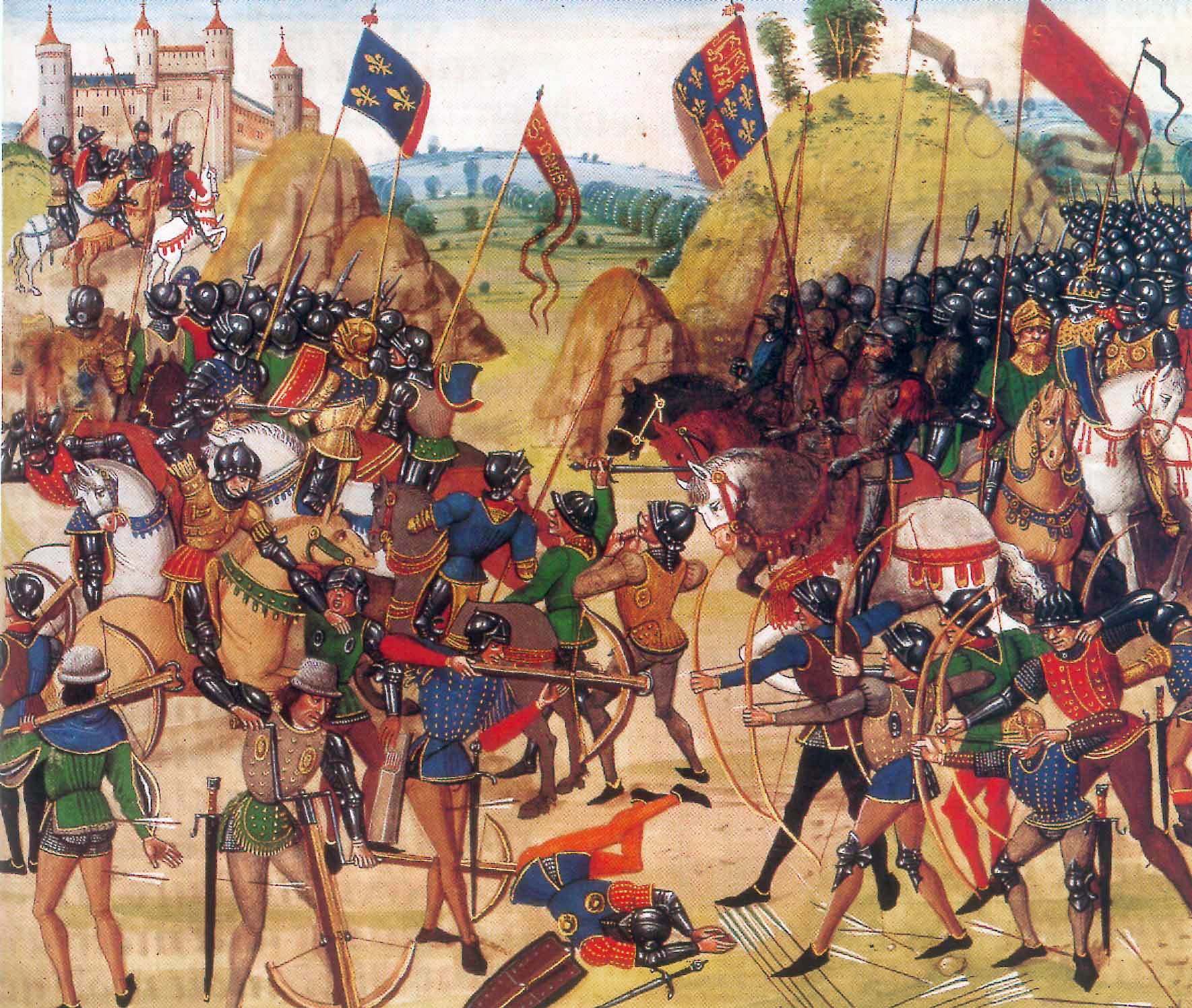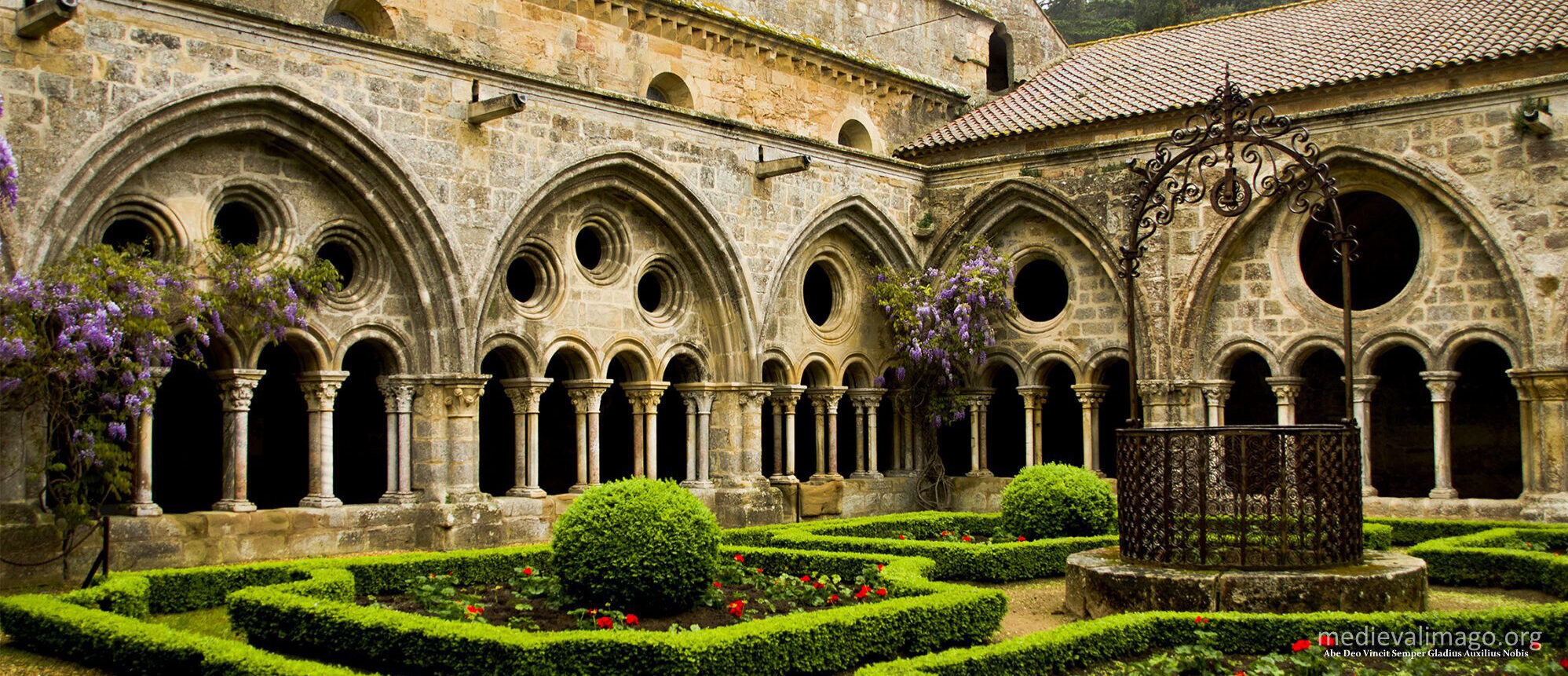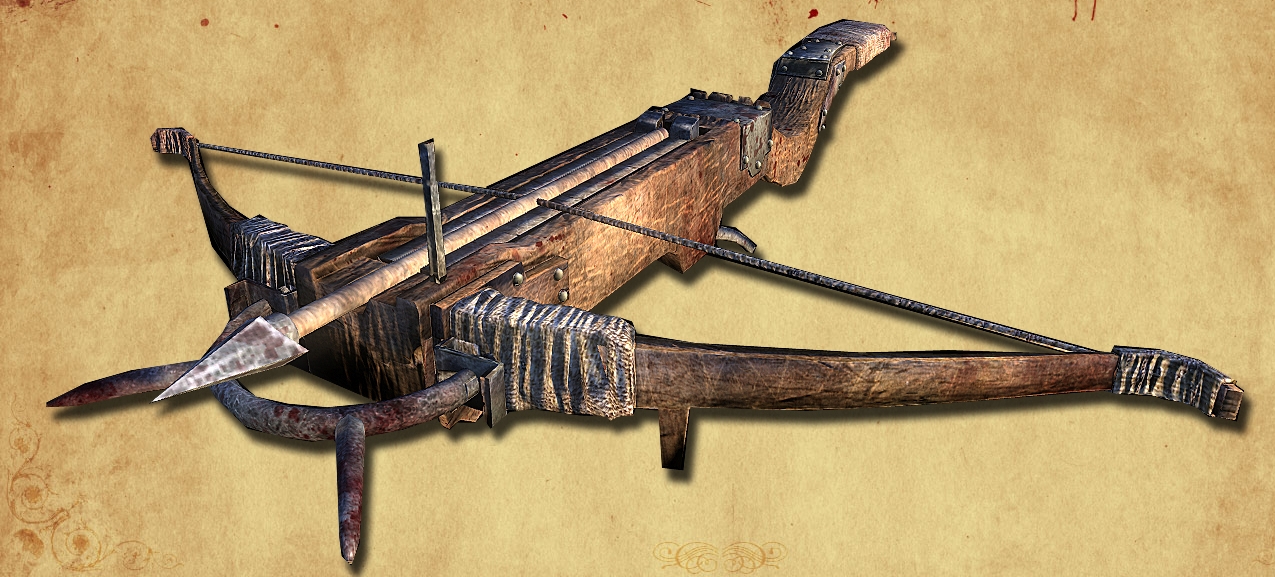Uma Pequena Biografia de Joana d'Arc
Grande personagem da história medieval, talvez um dos mais importantes na minha opinião, Joana d”Arc nasceu em Domrémy, região da Loraine, França, em 1412, sendo um dos cinco filhos de Jacques d”Arc e Isabelle Romée. Como era normal à época, Joana ajudava nos trabalhos da casa e também auxiliava o pai no campo, principalmente com o gado.
Não sabia ler nem escrever. Crente, muito religiosa e menina séria, Joana era uma criança como as outras: brincava, cantava, dançava, sorria, mas chorava seguidamente. Até a sua morte foi uma pessoa emotiva e ponderada. Possuía uma personalidade muito forte, incondicional defensora da justiça. Intransigente mas ao mesmo tempo valente. Uma grande mulher.
Como os outros dos habitantes do campo e do vilarejo, a pequena Joana de Domrémy, ouvia falar seguidamente do estado calamitoso em que se encontrava o reino francês. Sabia da crueldade da guerra e da longa ocupação dos ingleses. Assustava-se seguidamente com os alertas quando os inimigos se aproximavam de seu povoado e fugiam para um refúgio mais próximo.
Ainda, diante das circunstâncias da ocupação inglesa, ainda menina tornou-se um soldado santo para alguns e a herege salvadora para outros. Desde o momento de sua morte tornou-se inspiração para milhares de historiadores, poetas e pintores. Cada um com a sua colocação e seu ponto de vista a respeito da heroína francesa contam uma história diferente.
Guiada pelo que ela achava eram vozes divinas, Joana acendeu nos franceses a força do maravilhoso cristão, da fé inabalável, e do aparecimento de um patriotismo popular alimentado pelo ódio inglês, ódio que subsistirá, ou reaparecerá.
Sua primeira vitória; persuadiu os compatriotas e o senhor Vaucouleurs, nobre francês e agente do Delfim, a dar-lhe uma espada e salvo conduto, roupas de homem e uma pequena escolta para se deslocar sem dificuldades, de noite, por vias afastadas, desde Champanha até à Touraine.
Na segunda vitória reconheceu o rei entre os cortesãos de Chinon; ultrapassou provas (mal conhecidas) que lhe foram impostas perante o Parlamento de Poitiers (e a constatação da sua virgindade feita pelas matronas) e conquistou a confiança e o respeito dos rudes soldados e dos seus comandantes, apesar de ser uma menina e mulher.
As vitórias seguintes ultrapassaram largamente as precedentes. Em primeiro lugar na qualidade de “chefe de Guerra”, mas apenas com algumas centenas de homens, atirou-se sobre Orleães cercada e libertou a cidade (8 de maio de 1429), chave de toda a penetração e ocupação inglesa nos Estados delfinais: vitória estratégica e moral considerável. Em seguida, e, sobretudo, decidiu o indeciso Carlos VII seguir o caminho de Reims para aí se fazer sagrar segundo os ritos, com o óleo de Santa Âmbula, e tornar-se assim o rei ungido com o Senhor e quase-padre recebendo o seu reino de Deus, mas eis quem, tranquilizando sem dúvida um monarca de quem a Donzela tinha sempre jurado a legitimidade humana e divina, lhe assegurou autoridade e prestígio. Para ele e, sobretudo para a Virgem se dirigiam a fidelidade e a fé populares, pois esta epopeia foi rapidamente conhecida e interpretada como um sinal do Céu.
“Em nome de Deus, devemos combatê-los. Teremos os ingleses em nossas mãos. Porque Deus nos enviou para puni-los. Hoje, o Delfim gentil terá a maior vitória que Ele conquistou durante muito tempo! Minhas vozes disseram-me que o inimigo vai ser nosso.”
Joana d’Arc
Em quatro meses, de abril a julho de 1419, Joana tinha conseguido o essencial e o inesperado. Por que é que Carlos VII se teria importado quando ela caiu, ferida, diante de Paris, foi presa em Compienha, vendida aos ingleses, julgada e condenada a fogueira por um tribunal composto com este intento? Ela tinha cumprido o seu intento, o rei já não precisava dela, e os ingleses ficaram encantados por se desembaraçarem daquela que tinham sempre considerado uma feiticeira, com enormes poderes.
Joana d’Arc morreu com 19 anos em Rouen, por perjúrio e heresia. Sua morte a fez muito poderosa. A partir do século XVI, na França, fez dela uma heroína nacional. Os homens de séculos subsequentes, principalmente os poetas e historiadores, levaram a sua história para suas peças, poemas e livros. Sua imagem foi exposta em várias estátuas. Ela tornou-se o espírito da França, a donzela, o santo guerreiro, o símbolo republicano e napoleônico para a oposição aos ingleses e para aqueles que tentavam invadir e ameaçar o território francês contra o estrangeiro. Na Segunda Guerra Mundial, Charles de Gaulle usou seu padrão, a sua marca, a Cruz de Lorena , como o símbolo da França Livre. Em 1920 ela foi canonizada como santa pelo Papa Bento XV.
Paulo Edmundo Vieira Marques
A Brief Biography of Joan of Arc
A great character in medieval history, perhaps one of the most important in my opinion, Joan of Arc was born in Domrémy, in the Loraine region of France, in 1412, one of the five children of Jacques d'Arc and Isabelle Romée. As was normal at the time, Joan helped with the housework and also helped her father in the fields, mainly with the cattle.
She could not read or write. A believer, very religious and a serious girl, Joan was a child like any other: she played, sang, danced, smiled, but she cried often. Until her death, she was an emotional and thoughtful person. She had a very strong personality, an unconditional defender of justice. Uncompromising but at the same time brave. A great woman.
Like the other inhabitants of the countryside and the village, little Joan of Domrémy often heard about the calamitous state in which the French kingdom found itself. She knew the cruelty of war and the long occupation by the English. She was often frightened by the warnings when the enemy approached her village and fled to a nearby refuge.
Furthermore, faced with the circumstances of the English occupation, as a girl she became a holy soldier for some and a savior heretic for others. From the moment of her death she became an inspiration for thousands of historians, poets and painters. Each one with their own position and their point of view regarding the French heroine tells a different story.
Guided by what she believed were divine voices, Joan ignited in the French the strength of the marvelous Christian, of unshakable faith, and of the emergence of a popular patriotism fueled by English hatred, a hatred that would persist, or reappear.
Her first victory; He persuaded his compatriots and Monsieur Vaucouleurs, a French nobleman and agent of the Dauphin, to give him a sword and safe conduct, men's clothing and a small escort so that he could travel without difficulty, at night, along remote routes, from Champagne to Touraine. In his second victory, he recognised the king among the courtiers of Chinon; he overcame the (little-known) tests imposed on him before the Parliament of Poitiers (and the confirmation of his virginity by the matrons) and won the trust and respect of the rough soldiers and their commanders, despite being a girl and a woman. His subsequent victories far surpassed his previous ones. Firstly, as “war chief”, but with only a few hundred men, he attacked the besieged Orleans and liberated the city (8 May 1429), the key to the entire English penetration and occupation of the Dauphin States: a considerable strategic and moral victory. Then, and above all, the indecisive Charles VII decided to follow the path to Reims to be consecrated there according to the rites, with the oil of Saint Ambula, and thus become the king anointed with the Lord and almost a priest receiving his kingdom from God. But here he is, undoubtedly reassuring a monarch whose human and divine legitimacy the Virgin had always sworn, who assured him of his authority and prestige. The loyalty and faith of the people were directed to him and, above all, to the Virgin, because this epic was quickly known and interpreted as a sign from Heaven.
“In the name of God, we must fight them. We will have the English in our hands. Because God sent us to punish them. Today, the gentle Dauphin will have the greatest victory he has won for a long time! My voices told me that the enemy will be ours.”
Joan of Arc
In four months, from April to July 1419, Joan had achieved the essential and the unexpected. Why would Charles VII have cared when she fell, wounded, in front of Paris, was arrested in Compiegne, sold to the English, tried and condemned to be burned at the stake by a court composed for this purpose? She had served her purpose, the king no longer needed her, and the English were delighted to be rid of the woman they had always considered a sorceress with enormous powers. Joan of Arc died at the age of 19 in Rouen, for perjury and heresy. Her death made her very powerful. From the sixteenth century onwards, in France, she was made a national heroine. Men of subsequent centuries, especially poets and historians, took her story to their plays, poems and books. Her image was displayed in numerous statues. She became the spirit of France, the maiden, the warrior saint, the republican and Napoleonic symbol for the opposition to the English and to those who tried to invade and threaten French territory from abroad. In World War II, Charles de Gaulle used her standard, her trademark, the Cross of Lorraine, as the symbol of Free France. In 1920 she was canonized as a saint by Pope Benedict XV.
... See MoreSee Less
 O arqueiro genovês. Na pintura de Hans Holbein The Elder – o martírio de São Sebastião
O arqueiro genovês. Na pintura de Hans Holbein The Elder – o martírio de São Sebastião Iluminura de autor desconhecido. Besta na defesa de um cerco a um castelo. Entre 1220 e 1250. Fonte: British Library.
Iluminura de autor desconhecido. Besta na defesa de um cerco a um castelo. Entre 1220 e 1250. Fonte: British Library. Batalha de Crécy, Guerra dos Cem anos. Apesar já do uso de armas de fogo em combate, nota-se na ilustração, inúmeros besteiros em combate. Chroniques de Jean Froissart.
Batalha de Crécy, Guerra dos Cem anos. Apesar já do uso de armas de fogo em combate, nota-se na ilustração, inúmeros besteiros em combate. Chroniques de Jean Froissart.
